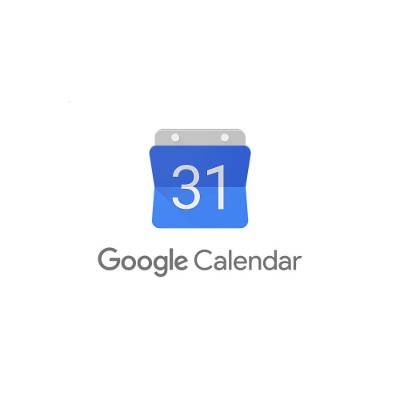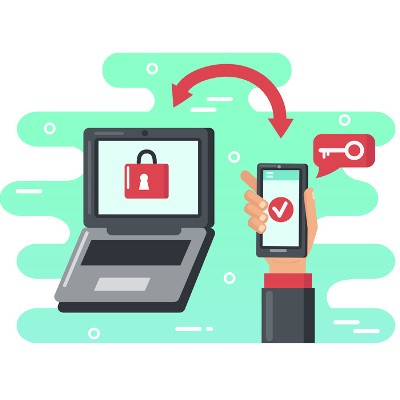- You are here:
-
Blog

- Recent Blog Posts
NetWorthy Systems Blog
If you are a dedicated user of Google Calendar, you’ll have realized that it’s recently undergone a significant improvement. Google has pushed out an update that has really polished their calendar in terms of both visual appearance and functionality, which is something that you’ll really appreciate, especially if you are a G Suite user. How can you use this new version of Google Calendar for your business?
BYOD, or Bring Your Own Device, policies have proven to be a highly effective way for companies to save money. However, these policies need to address some of the shortcomings, potential costs and issues that comes with employees bringing and using their own devices could present to your business--not to mention security concerns.
You’re lucky to go a month without seeing news of some devastating data breach. With more businesses gearing up for the worst, what are you doing to protect your organization’s intellectual property and sensitive data? You can start by implementing a new type of authentication system that’s much more secure than your current security strategy--two-factor authentication.
Whenever you download a file from the Internet, the file will, by default, go to an aptly-titled folder in Windows called Downloads. Unless you change the default settings, your files will always be saved here. But what if you want to make it so that your downloads go somewhere else? You can accomplish this pretty easily. We’ll walk you through how to do it for some of the most popular browsers, including Google Chrome, Microsoft Edge, and Mozilla Firefox.




